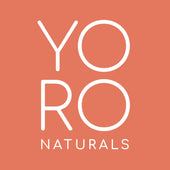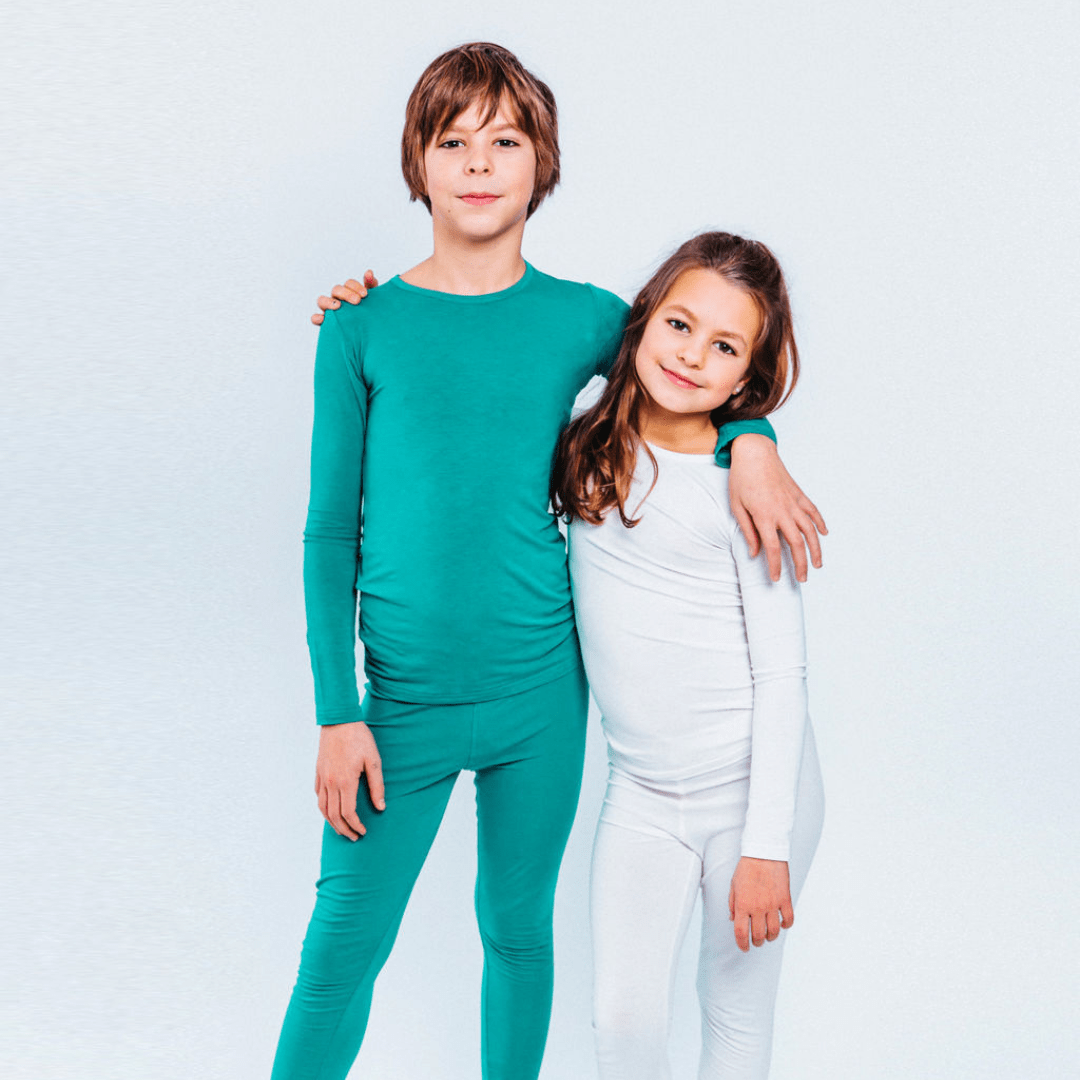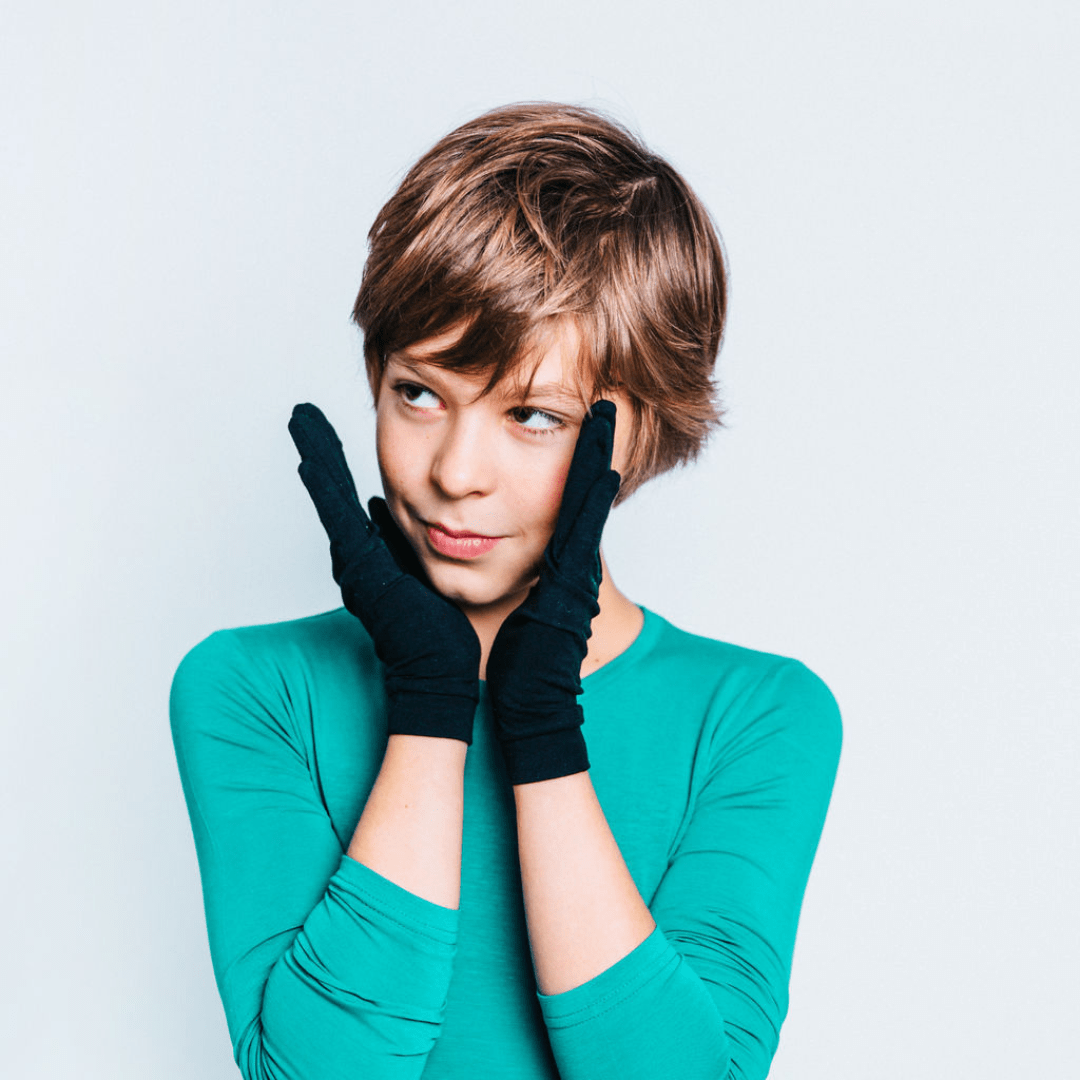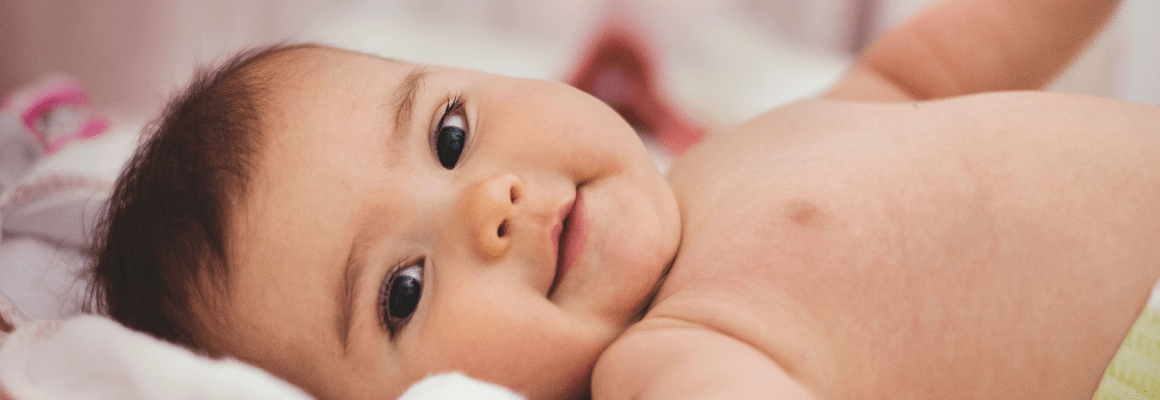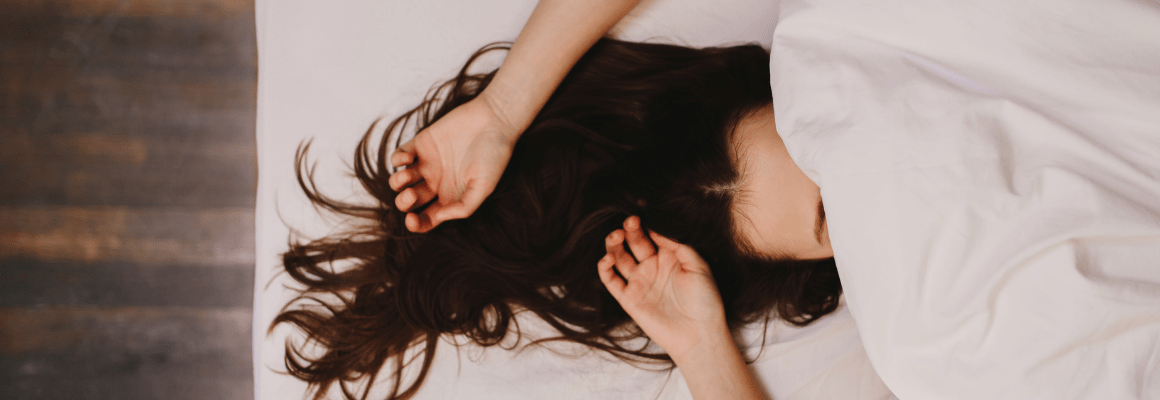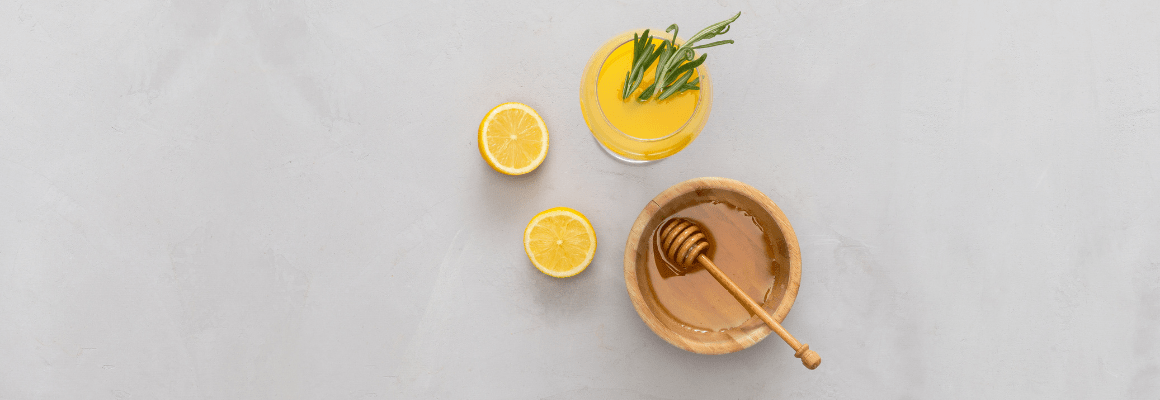Is your baby suffering from itchy skin? Is your child scratching himself or herself raw? As a parent or caretaker, watching children suffer is one of the most challenging things to witness. Often, you may feel helpless and hopeless as nothing you do seems to ease the discomfort or improve your child's skin health. Even after countless trips to the doctor and trying different medications and creams, the rash is still there, and the itching continues.
In this post, we’ll go over some natural remedies that are better alternatives to prescribed medications, including topical steroids. These natural treatments can help improve your child’s skin health, soothe the rash, and reduce itching. We hope that these gentle treatment options benefit your baby’s skin health and provide the itchy skin relief that they deserve.
Why Does my Baby have a Rash?
As a parent or caretaker, you care about your baby's health and are probably wondering why your baby has a new rash and what you can do about it.
An article on WebMD states that a baby rash is often nothing to worry about, and it will likely go away on its own. While a rash is uncomfortable, it is rarely an emergency. However, if you have a cause for concern, definitely speak with your doctor.
In general, a baby will develop a rash because their sensitive skin is more susceptible to irritants and allergens. You may see the rash develop anywhere on the body, including the face, arms, and legs. Some of the most common rashes in children include diaper rash, drool rash, eczema, cradle cap, heat rash, and baby acne. WebMD states that new rashes can appear in babies after a few days, weeks, or months.
Your doctor may prescribe topical medications to help reduce the rash and alleviate any itchiness. These medications may include topical steroids. Topical steroids are prescribed as medications, but, unfortunately, they can lead to Topical Steroid Withdrawal (TSW) symptoms. Also known as Red Skin Syndrome, TSW is a term used to describe the bodily symptoms that occur when long-time users stop or reduce the application of topical steroids. It’s a painful condition accompanied by itchiness, a burning sensation, and red and inflamed skin. For this reason, we do not recommend you use topical steroid medications but instead turn to alternative medications that are better and safer for your skin health.
Your Child and Eczema
Eczema is an inflammatory skin condition that often develops in childhood. It can also develop in newborns between the ages of two months and four months old. An estimated 60% of people with eczema develop it during their first year of life.
According to an article on WebMD, many infants may outgrow eczema, but it is a chronic condition for some. Another article on WebMD reports that while babies can get eczema anywhere on their body, the most common areas to be affected are the cheeks and arms or leg joints.
The most common type of eczema is atopic dermatitis. A child will usually develop this type of eczema before they are five years old. Thankfully, eczema is not contagious, but the appearance of eczema can affect a child’s confidence at school.
Eczema Symptoms
If your child or baby suffers from eczema, you will see the following symptoms:
- Dry skin
- Flaking or scaling
- Intense itchiness
- A red rash that may burn
- Oozing skin
Bear in mind that symptoms may vary from person to person depending on age and eczema type. But in general, these are the symptoms you will see associated with this itchy skin condition. According to WebMD, symptoms can be treated with oral medications and light therapy. Because itchiness is a prime symptom, you must remind your child to stop scratching and put preventative measures in place. If persistent scratching occurs, the skin may crack or bleed, paving the way for infection.
What Causes Eczema?
While the exact cause of eczema is unknown, research suggests a link to genetics and external factors. WebMD states that an overactive immune system plays a part too. A damaged skin barrier that has trouble retaining moisture leads to dry skin, which causes intense itchiness. Other factors that can trigger itchy skin include contact with irritating clothing, certain foods, cold climates, and heat or sweat.
How Itchy Skin Affects Sleep
Is there a link between itchy skin and trouble sleeping? Unfortunately, yes. A constant itching sensation can make it challenging to get the required 7-8 hours of sleep per night, affecting overall health and well-being. Getting the proper amount of sleep is incredibly important for children.
Studies show that lack of sleep links to long-term negative consequences, including psychosocial and economic burdens. Sadly, lack of sleep in children can negatively affect their cognitive development, creating a relation to impulsivity, daytime behavioral problems, learning disabilities, and higher levels of anxiety and depression. Pediatric insomnia also has a link to autism and attention-deficit/hyperactivity disorder.
There are a few reasons to explain why skin tends to be itchier at night. Because your baby or child is unknowingly scratching in their sleep, this makes the itching sensation worse as it sets the itch-scratch cycle in motion. Another link between itching and night is the temperature. Many people overheat during the night, which can cause the itch to surge. Finally, there is a link between insomnia and itching due to decreased melatonin secretion and sebum production, contributing to skin dryness and increased itching.
Learn more: How to Sleep With Itchy Skin at Night
Wet or Dry Wrap Treatment for Your Child
Wet wrap and dry wrap therapy are both easy at-home remedies that you can use to reduce itching by providing the skin with a much-needed boost of moisture. The process is pretty simple. For wet wrap therapy, apply a natural cream to the itchy area. Then wrap this area with a damp piece of clothing and cover it up with a dry layer overtop. This allows the emollient to better permeate the skin. Keep the wet wraps overnight or for a minimum of two hours, and don’t forget to apply a new layer of cream once you remove the wet wrap.
Dry wrap therapy is similar, except that you only need to wrap the skin with a dry layer. Again, once you remove the dry wrap, reapply a new layer of cream. We recommend you wrap the skin with our hypoallergenic Remedywear™ Eczema Sleeves. With antibacterial and anti-microbial properties, the sleeves work wonders treating itchy patches of skin in problem areas.
Best Eczema-Friendly Clothing For Your Child
When your child or baby suffers from itching, the clothes they wear matter. Unfortunately, there is a link between clothing and itchy skin. Known as textile dermatitis, an adverse reaction to clothing results from the dyes or chemicals used to make the clothing. Common clothing culprits linked to itchy skin include nylon, spandex, latex, wool, and rubber. A clothing allergy can look like a red rash, itchy skin, and skin tenderness.
Thankfully, there is eczema-friendly clothing specifically designed to reduce itching and protect the skin: Remedywear™. Our Remedywear™ garments have been medically reviewed and are doctor-approved. Completely hypoallergenic, they are free from chemicals, formaldehyde, nylon, nickel, and latex. The clothing is made from eco-friendly TENCEL and embedded with anti-inflammatory zinc. When worn overnight for three consecutive nights, this unique combination of fibers can reduce itchiness and improve the quality of sleep.
Soothe itching on the legs with these form-fitting Remedywear™ Long Pants for Kids. Containing antibacterial and anti-microbial properties, they are perfect for reducing itching and treating eczema and psoriasis symptoms. Thanks to their legging-like fit, they are great for wearing underneath regular clothing during the day or alone as pajamas. Medically reviewed and doctor-approved.
Our Remedywear™ Long Sleeve Shirt for Kids is made with anti-inflammatory zinc and offers antibacterial and anti-microbial properties. Medically reviewed, the shirt is also doctor-approved. Wear it as a treatment to soothe itching on the chest, arms, and back.
Gentle Skincare Remedies to Beat the Itch
We are strong advocates of using gentle remedies to nourish and heal the skin. That’s why we carefully select ingredients that work in harmony with the skin and help it thrive.
YoRo Naturals was developed by an eczema mother desperate to find a natural and effective solution for her child’s skin. With a combination of dietary changes, healing ingredients, and gentle clothing, she was able to heal her son’s eczema by 98%. Now we are dedicated to helping others on their skin healing journey by providing clean beauty products that are effective, gentle, and nurturing. The pure and wholesome ingredients found in our cream and soap are safe for children of all ages.
Our Organic Manuka Skin Soothing Cream is a gentle oil-based cream made with just six ingredients, all hand-picked for their soothing properties. These all-natural ingredients include organic olive oil, organic beeswax, filtered water, grape seed oil, organic active 16+ New Zealand Manuka honey, and Manuka oil extract. Because the cream is free from cheap fillers and any preservatives or fragrances, it truly works wonders on babies' and children's delicate skin. Its non-burning and non-stinging formula also make it a favorite among children. Apply the soft, buttery texture of the cream anywhere on the body, from head to toe.
We are proud to say that our soothing skin cream has been medically reviewed and is doctor-approved. It is also EWG Skin Deep 1 Rated. Whether your child or baby suffers from itchy skin, diaper rash, eczema, sunburn, psoriasis, dry skin, or sensitive skin in general, give this dreamy balm a try and enjoy new and improved skin health.
When it’s time for a bath, your baby will adore our new Coconut and Sunflower Oil Soap Bar. This natural soap bar is an excellent choice for children because it uses 100% natural ingredients, including nourishing coconut oil, shea butter, and sunflower oil. The result is a fatty cleanser that deeply moisturizes skin and leaves it feeling soft, soothed, and smooth.
What makes our new soap bar such an excellent natural treatment for beating the itch? The shea butter has anti-inflammatory and antioxidant properties that help protect the skin and calm inflammation, while coconut oil provides a much-needed boost of moisture. This increase in hydration helps combat dryness which, in turn, helps reduce itching. Finally, the cold-pressed sunflower oil helps maintain and enhance the skin barrier, which decreases water loss.
We recommend using this soothing soap to improve children's skin who suffer from eczema, psoriasis, chapped skin, or dry skin. It has been medically reviewed and approved by dermatologists.
As a final tip, we recommend washing with lukewarm water as opposed to hot. Have you ever realized your skin feels itchy after taking a hot bath? That's because hot water strips moisture.
Try to keep washing time short – around 5-10 minutes. When finished, pat dry your baby’s body with a towel as any rubbing can further aggravate itchy skin. Once bath time is over, apply a new layer of the Organic Manuka Skin Soothing Cream mentioned above to replenish any lost moisture.
For information specifically about itchiness on the chest, please check out What to do About Itchy Rashes on the Chest.

